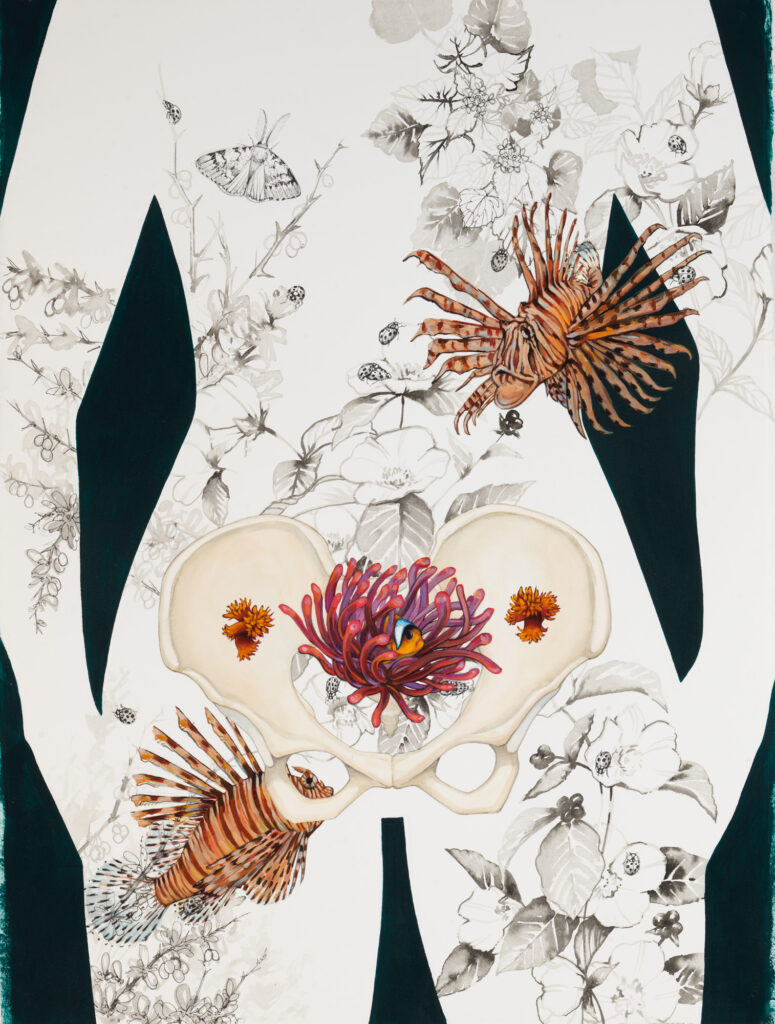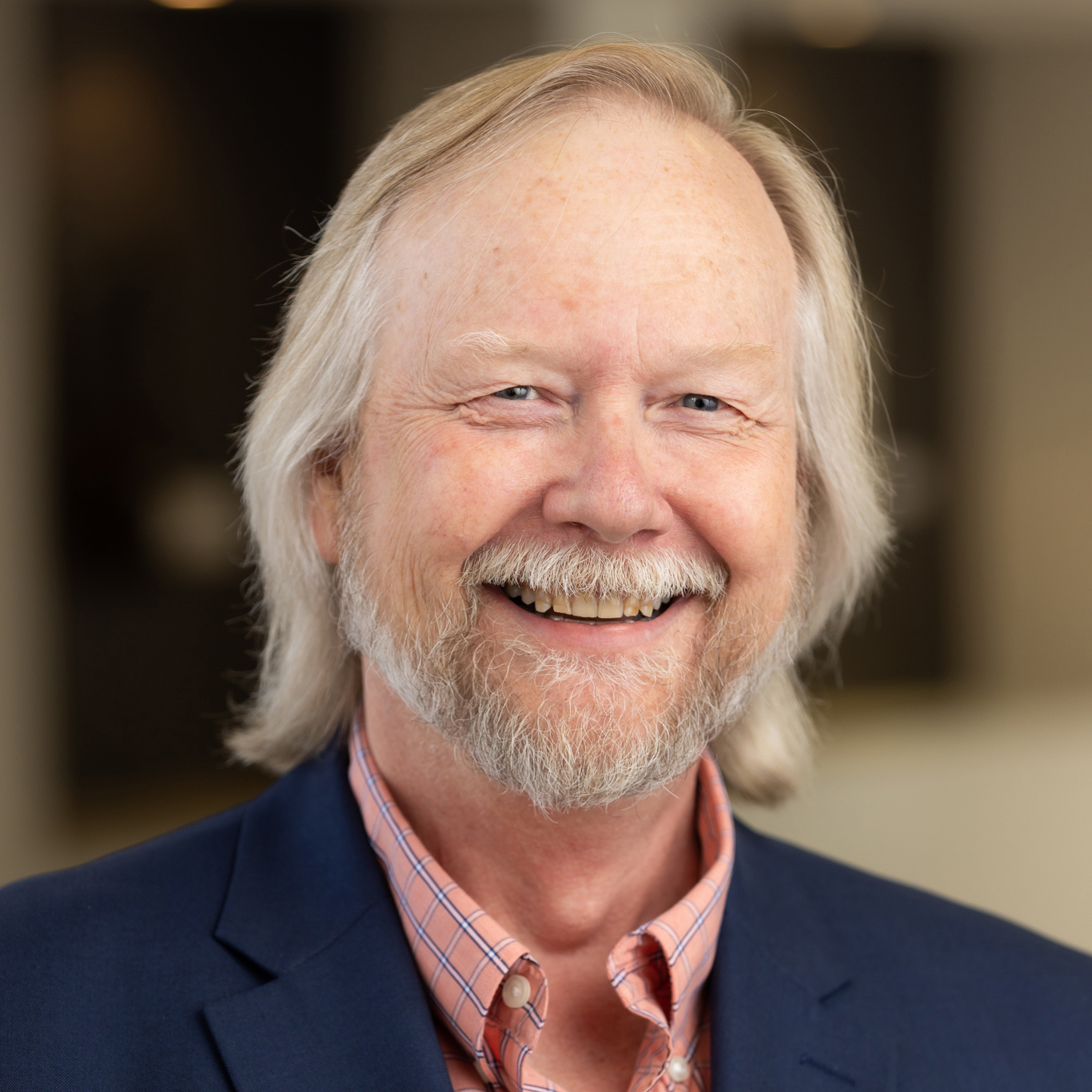Artist Ashley Cecil and Flint Riverkeeper team up for unique mixed-media workshop
Friday, Sept 8 | 10 AM-Noon
With Southwest Georgia’s deep agricultural roots and wide range of nature-based activities, residents of the region know intimately the necessity of healthy streams, waterways, and aquifers. The importance of clean water and caring for nature will be emphasized at a special mixed-media workshop at the Albany Museum of Art led by exhibiting artist Ashley Cecil in collaboration with Flint Riverkeeper. The workshop is from 10 am to noon on Friday, Sept 8, 2023.
“We’re going to be using wet-on-wet painting techniques to show how substances dissipate in water, whether that’s ink and pigment, or pollution,” said Cecil, whose exhibition Land That I Love at the AMA also opens to the public on Sept 8. “We’re linking the theme of the show to the Flint Riverkeeper’s mission of preserving the watershed.”
The cost of the workshop is $30 ($25 for AMA donors and legacy members). Students who have attended Homeschool Day at the AMA may register for $10. The registration link may be found HERE.
“There is a deep connection between art and the natural world,” AMA Director of Education and Public Programming Annie Vanoteghem said. “Art can be a powerful educational tool when learning about environmental issues and lead to a stronger commitment to protecting and preserving the natural world.”
Participants at the workshop will learn the painting techniques Cecil uses in her work, and Flint Riverkeeper representatives will talk about the health of the Flint River watershed. Through the creative process of making art, participants will discover how water conservation relates to both nature and our bodies.
In Cecil’s work, she points out correlations between the oppression of women and the abuse of natural resources, including river systems. “The whole exhibition is about the parallels in the way we treat human bodies and the way we treat the environment,” Cecil said. “I’m excited to share these fun techniques that I use in my own work that allow me to capture the motion of water—pigments that dry to look like both waterways and the human vascular system”
R.J. Gipaya, watershed field specialist for Flint Riverkeeper, said he immediately saw the connection when he spoke with Cecil about the workshop, which is the first partnership between the AMA and Flint Riverkeeper.
“What we’re going to talk about is how the community can help the river and how they can give back, and also how pollution affects the river,” Gipaya said. “We’re going to have the Enviroscape, a small tabletop model of a watershed. We will have water pumping through it, and we can show people how pollution can travel from one source, such as the top of the watershed, and how it affects everything around it.”
Drops of colored dyes representing contamination like industrial pollution will be added at various spots of the water flow of the model, demonstrating how pollution upstream adversely affects all areas below.
“We all know that water flows downstream and what happens at the top is going to affect what’s at the bottom,” Gipaya said. “But to see it on a model and to see how quickly it spreads and how widespread pollution can become within a watershed really hits home with people. It puts a vision in their head and helps them to understand it better. Hopefully, it encourages them to do a little more to give back to the river.”
Cecil is a Pittsburgh, Pennsylvania-based artist who specializes in paintings and sculptural works of flora, fauna, and feminine forms that illustrate connections between the natural world and its human inhabitants. Her love affair with all things organic and wild blossomed as the result of studying landscapes with accomplished master painters in London while earning her master’s degree at the Sotheby’s Institute of Art, immersing herself in nature-inspired decorative arts collections in European museums, and painting from live observation at conservation institutions such as the National Aviary.
Her fervor for artistic interpretations of the state of life on this planet has landed Ashley many exciting opportunities, including creating a commissioned artwork for Oxfam America that was exhibited at a United Nations convention on climate change; a six-month artist residency at the Carnegie Museum of Natural History, and traveling to the Amazon rainforest to participate in the art-immersion program Labverde.
You can learn more about Cecil by visiting her website HERE.
Flint Riverkeeper was formed in 2008 to address the various issues that threaten the Flint River and its tributaries. The organization works to restore and protect the quality and flow of this immensely valuable resource. The Flint River and associated aquifers provide water for drinking, swimming, fishing, commercial, industrial, and agricultural pursuits for more than a million people.
The organization works within the entire Flint watershed, which comprises 8,460 square miles in South and West Georgia. The watershed includes runoff from rain and other sources, and tributary creeks and streams that flow into the Flint, one of only 40 in the United States that flow unimpeded more than 200 river miles. From springs in East Point, the Flint River flows under Atlanta’s Hartsfield-Jackson airport, mingles with major tributaries in Coweta and Fayette counties, and then winds its way more than 340 miles—bisecting Albany along the way—to the Georgia/Florida line. There, Flint and Chattahoochee rivers merge at Lake Seminole to form the Apalachicola River that flows through Florida to the Gulf of Mexico. The drainage basin is over 8,000 square miles and traverses the Piedmont region’s granite shoals until it reaches the Fall Line, where it gradually gives way to sandy banks and ancient limestone caverns.
To learn more about Flint Riverkeeper, visit its website HERE.


